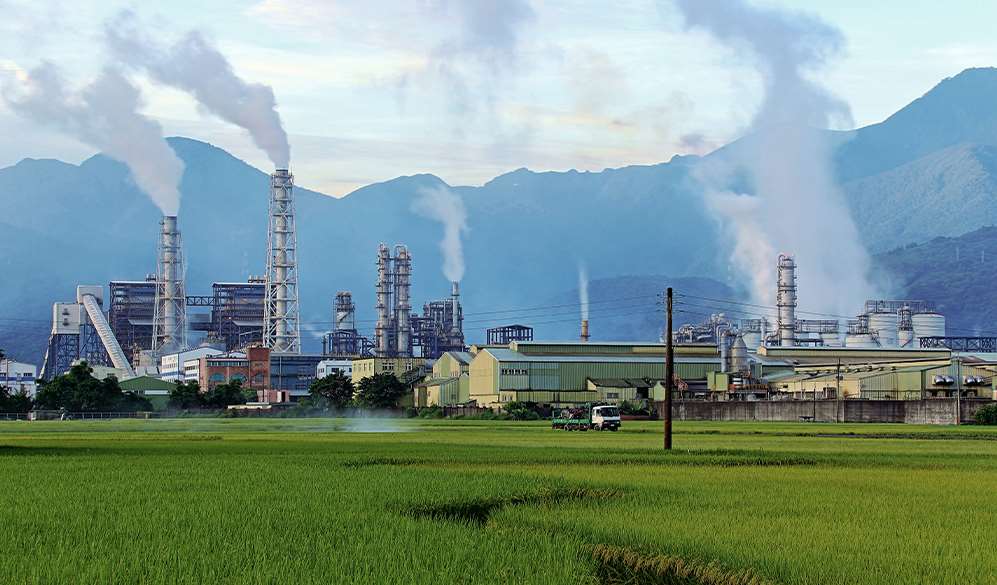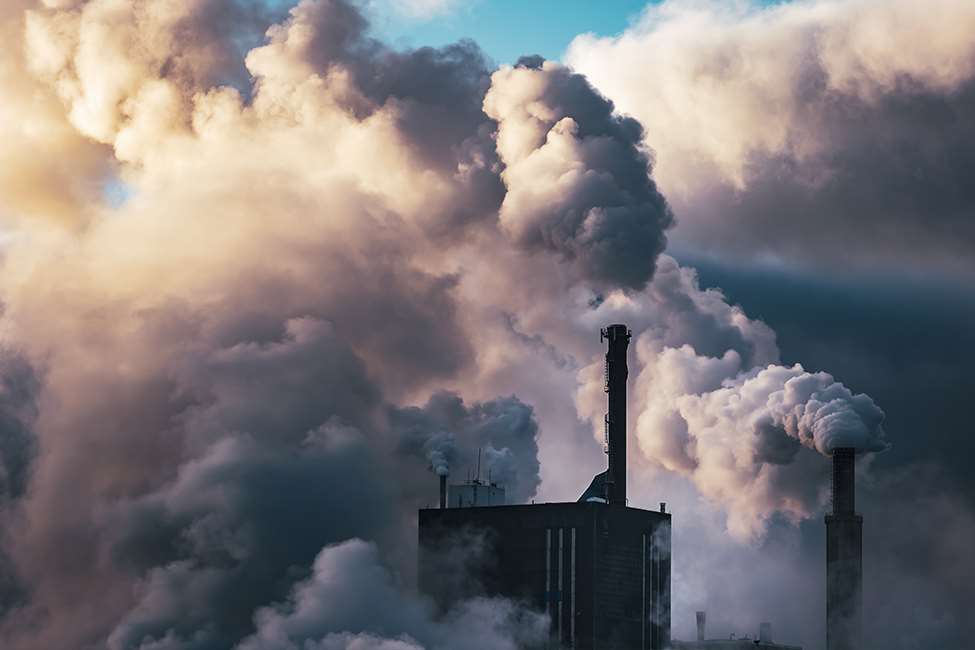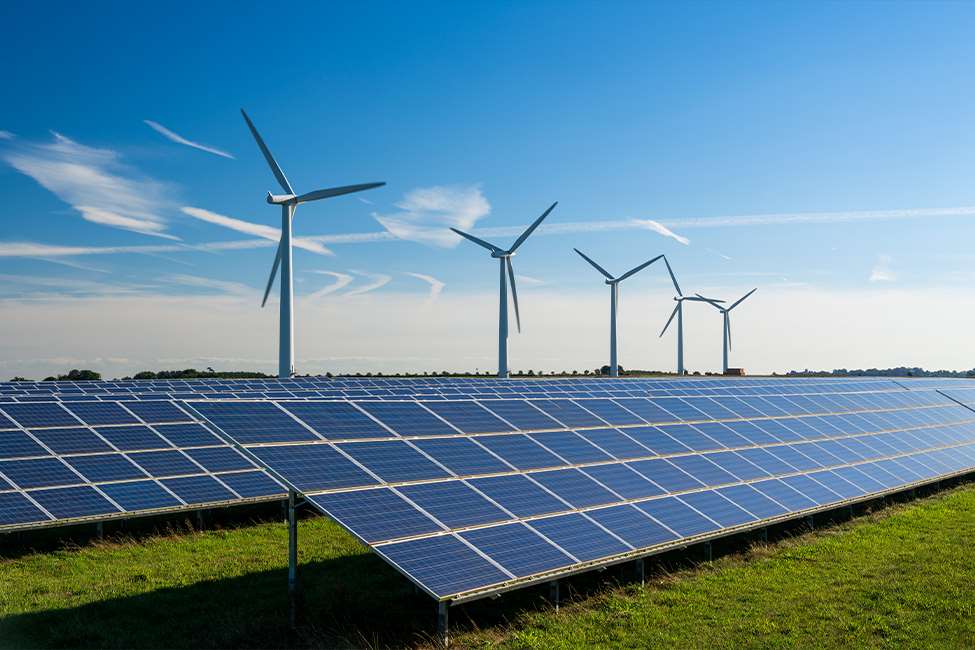– Focus – Enabling the transition to net zero


Enabling the transition to net zero
Sulzer’s innovative solutions are enabling and accelerating the transition to net zero, by supporting our customers in securing a reliable supply of energy and resources for communities worldwide during the transition phase.
Two interlinked challenges have recently come into ever‑sharper focus: on the one hand, the world needs to transition to green and renewable energy to reach net zero. At the same time, we must ensure a sustainable transition that secures the reliable supply of life-critical energy and resources to the billions of people and businesses that depend on them.
This represents one of the key global challenges on the pathway to net zero – the ramp-down of high emissions activities must be carefully managed in parallel with the ramp-up of low-emissions activities, if we are to avoid high economic costs and damage to global economies.
This balance will therefore define global activities to reach net zero in the coming years. Of all the sections of our society and industries that will need to decarbonize as we forge the path to net zero, several areas represent a particular challenge – cement and concrete, heavy transportation, aluminum, steel and chemicals. These sectors provide growing populations all over the world with resources that enable everyday life. It is estimated that these sectors currently account for 30% of global emissions1.
Decarbonizing heavy industry
Sulzer is directly or indirectly involved in all of these industries, helping them to achieve cost efficiency and environmentally friendly operations. In the heavy transportation sector for example, Sulzer signed a memorandum of understanding in 2022 with BASF to collaborate on the enhancement of renewable biofuels. Sustainable aviation fuels made from organic material like waste cooking oils and fats can cut emissions by up to 85% compared to traditional jet fuel2 and will therefore support the sustainable transformation of the aviation sector as production is scaled and commercialized.
Sulzer is also currently enabling production at two of the world’s largest biofuels production facilities. Combined, the two plants will produce over five billion liters of renewable fuels annually from waste oils, fats and greases, allowing large segments of the transportation sector to move to these revolutionary low-carbon fuels and eliminating millions of tons of CO2 emissions per year.
There are many more examples from across Sulzer’s portfolio of such innovations and contributions that will help our society reach global emissions targets. In renewable energy, Sulzer has been developing ground-breaking solutions to the problem of uneven supply due to unpredictable weather conditions. Sulzer’s technologies are being used to convert electricity from wind and solar installations into various forms that can be stored and then used when required, helping to solve this fundamental barrier to the large-scale adoption of renewable energy. In the light transportation sector, the adoption of electric vehicles is rapidly rising as a critical part of net-zero strategies, requiring ever-increasing amounts of lithium. The multi-stage production process for the high-quality lithium used in batteries is long and requires highly specialized pumps throughout all stages of the extraction and purification. Sulzer’s pumping expertise is key in this area and used all over the world to optimize the lithium and battery manufacturing processes.
Furthermore, for those emissions that cannot be eliminated, Sulzer offers opportunities to remove carbon from the atmosphere and store it safely underground or permanently sequestered in materials and products. With Sulzer’s pumping expertise and advanced separation technology, the company is providing innovative technical solutions for all stages of the CCUS process. We continue to innovate to enable these technologies to achieve their full impact as a commercially viable and critical component of the net-zero strategy.

These solutions will be scaled in the coming years as the global transition accelerates. The Climate Policy Initiative estimates that climate-related financing has almost doubled since 2010, reaching USD 632 billion in 20203, with much of this investment going towards developing and scaling clean and renewable technologies. As these technologies are ramped up across the globe and attract more and more investment, Sulzer is perfectly positioned to help deliver the megashifts in infrastructure that will enable net zero.
Enabling circularity and minimizing emissions from traditional energy sources
While we ramp up and commercialize clean and renewable technologies, traditional fuels and energy production will remain crucial. To minimize their carbon emissions to the greatest extent possible, while safely capturing the emissions that we can’t eradicate, Sulzer and its partners develop powerful CCUS solutions.
And in addition, we continue to develop innovative means of enhancing the efficiency and sustainability of carbon-intensive fuels. For example, Sulzer’s pumping expertise is being used to optimize oil extraction and enable circularity in the oil industry. The solution uses captured, high-pressure CO2 which is pumped into depleted oil reservoirs to extract the remaining oil with far higher efficiency than the traditional water, reducing both water consumption and the need for further oil exploration. The carbon is then safely and permanently stored underground, enabling circularity and reducing emissions.
1) World Economic Forum: First Movers Coalition
2) First Movers Coalition aviation commitments
3) Climate policy initiative: Climate finance landscape
You can read more about Sulzer’s sustainability efforts in our 2022 sustainability report

